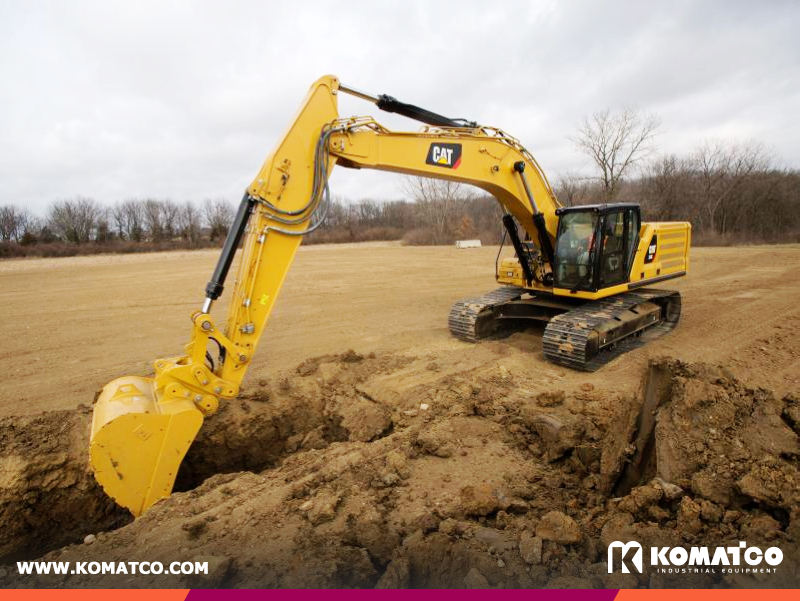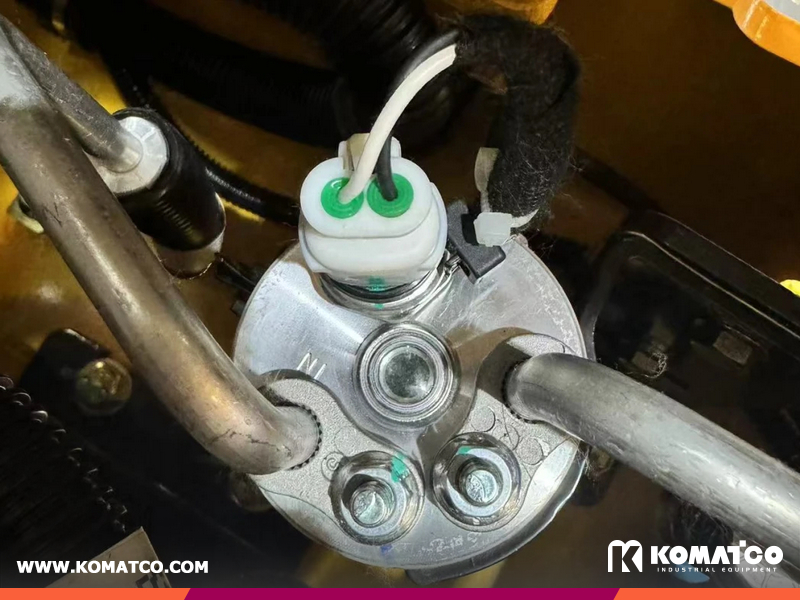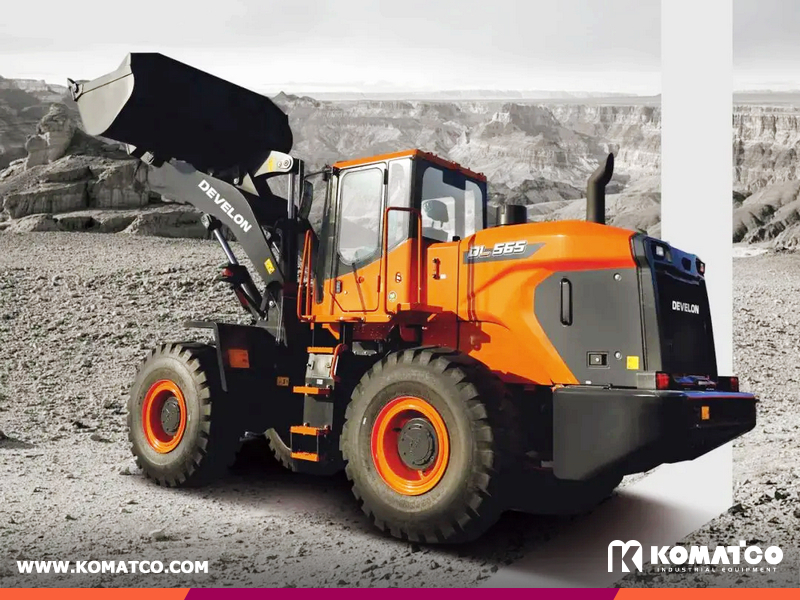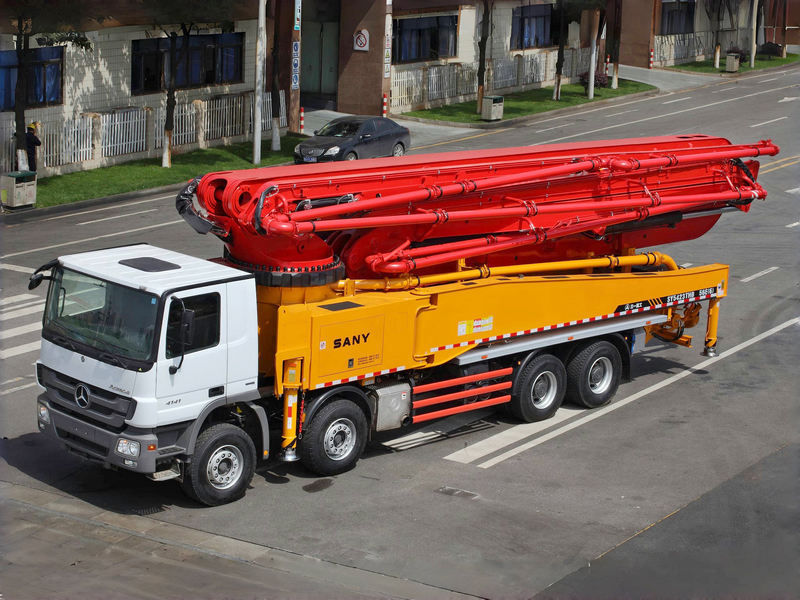Issue Description:
An excavator experiences weak and slow rotation, whether performing standalone or composite rotation movements. Other functions remain normal.

Troubleshooting Steps:
1. Check Electrical Components:
Measure the feedback voltage of the swing low-pressure sensor:
Neutral position: 0.5V (within the normal range of 0.4V–0.5V)
Full operation of the control lever: 4.3V (within the normal range, should not exceed 4.5V)
No anomalies detected. Proceed to the next step.
2. Measure the Solenoid Current for the Front Pump:
Full swing operation: 540mA (within the standard range of 350mA–750mA)
No anomalies detected. Proceed to the next step.
3. Check Hydraulic System:
Measure secondary pilot pressure for swing operation: 39 kg (normal, as the required pilot pressure is >35 kg)
No anomalies detected. Proceed to the next step.
4. Measure Swing Relief Pressure:
Measured pressure: 195 kg (significantly lower than the normal relief pressure of 280 kg)
Attempted adjustment of the relief valve: No change in pressure.
Measure main relief valve pressure: 348 kg (normal)
Conclude that the main hydraulic pump and main relief valve are functioning normally.
5. Disassemble and Inspect Swing Motor Relief Valve:
No internal damage detected
Conclude that the relief valve is functioning normally.
6. Disassemble and Inspect the Swing Spool in the Main Valve:
The spool moves freely.
Return spring is intact with no breakage.
Conclude that the spool valve is functioning normally.
7. Disassemble and Inspect the Swing Motor:
Severe wear found on the valve plate and the piston pump contact surface.
Internal leakage in the swing motor is causing low hydraulic system pressure, leading to weak rotation.
8. Solution:
Replace the severely worn valve plate.
Reassemble the swing motor.
Restart the excavator—rotation operates normally
-
 Summer Excavator Air Conditioning Use and Maintenance Guide2025-10-13
Summer Excavator Air Conditioning Use and Maintenance Guide2025-10-13 -
 Long-Term Storage Guidelines for Wheel Loaders2025-09-18
Long-Term Storage Guidelines for Wheel Loaders2025-09-18 -
 Common Issues in SANY HBC Remote Control System2025-08-20
Common Issues in SANY HBC Remote Control System2025-08-20 -
 How to Operate an Excavator Efficiently and Save Fuel2025-07-22
How to Operate an Excavator Efficiently and Save Fuel2025-07-22 -
 Summer Maintenance Tips for Wheel Loaders in Hot Weather Conditions2025-06-24
Summer Maintenance Tips for Wheel Loaders in Hot Weather Conditions2025-06-24















